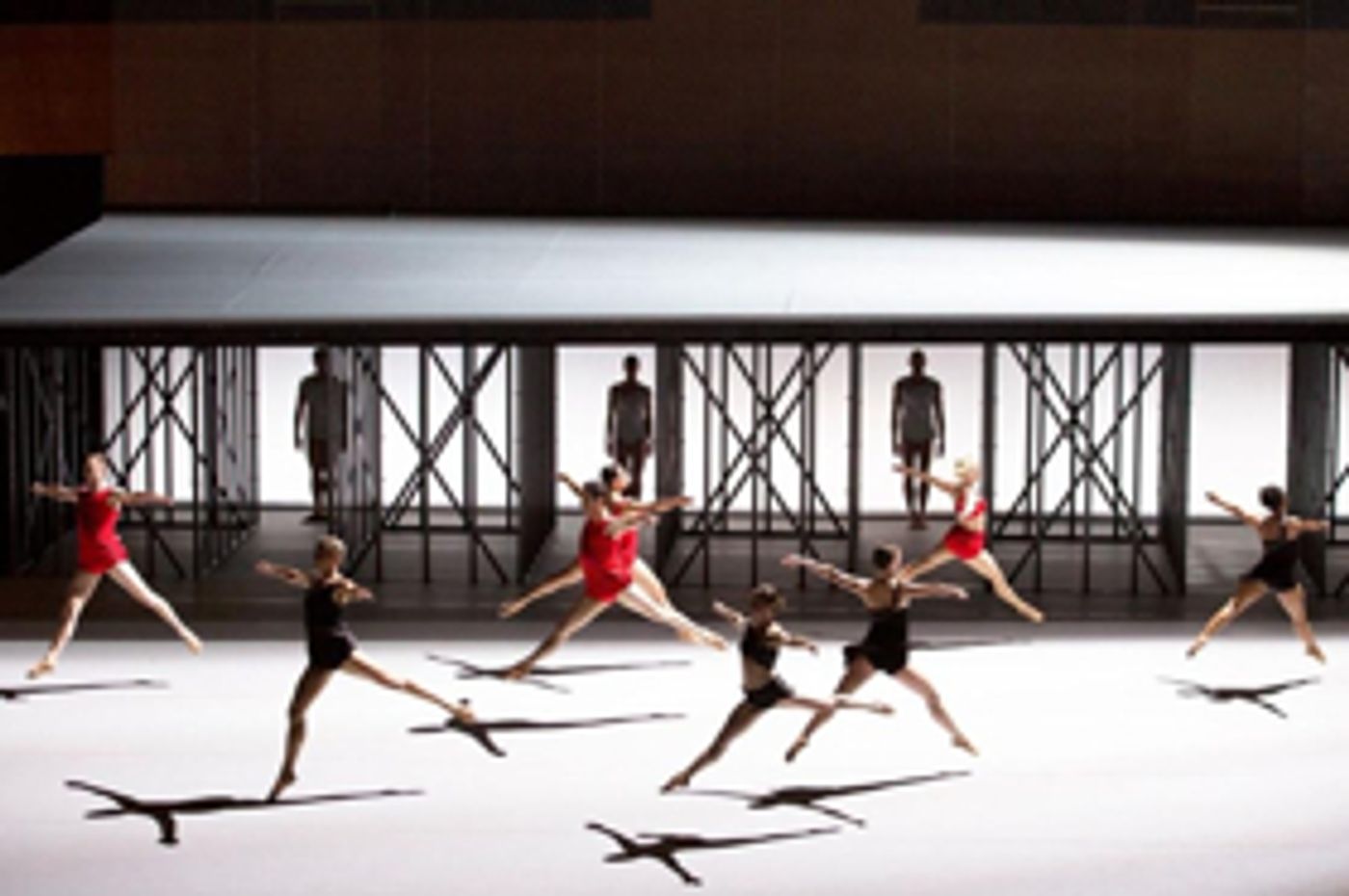Review: The Final Staging of Lucinda Childs' Iconic AVAILABLE LIGHT

Friday, July 13th 2018 was not unlucky for me. On that evening, I was fortunate enough to watch the final staging of legendary postmodern choreographer Lucinda Childs' Available Light at Jazz at Lincoln Center as part of the annual Mostly Mozart Festival during the Lucinda Childs Dance Company's final season. The work, last seen in NYC 33 years ago, is a collaboration among three distinguished artists: Childs, minimalist composer John Adams, and famed architect Frank Gehry.
Hailed as groundbreaking when the piece premiered at the Los Angeles Museum of Contemporary Art in 1983, Available Light puts nine dancers on Gehry's split level stage. They move or stand still, changing the patterns throughout the 55-minute dance to the sounds of a synthesizer and brass. Often called "mesmerizing", I would aver that in today's dance world the dance could also be called "soporific". In fact a gentleman in the row in front of me nodded off during the performance. He was holding a notebook and a pen, as I was, so I assume he was a critic. I wonder what he managed to write since he didn't see the entire work. Then again, he pretty much did. The choreography is deliberately repetitive as the same jumps and attitudes renverse happen again and again. With lighting by Beverly Emmons and John Torres, the performers are sometimes bathed in red light, sometimes move in semidarkness, and sometimes are revealed under bright lights. The effect was interesting, although I wondered what the context of those changes meant given the title.
The simple costumes, designed for the revival by Kasia Walicka Maimone, put some dancers in black, some in red, and some in white. That added to the interest as the choreographic patterns changed.
Overall, I felt the work was dated. That is not always the case for works created 30 or more years ago. Balanchine's ballets are a delight to this day. Certain of Paul Taylor's works, most notably Esplanade, remain riveting and important decades after their conception. Martha Graham's oeuvre is still holding its own. So why did Available Light feel outmoded? I think that's because for me the "postmodern" movement, Merce Cunningham notwithstanding, was self-conscious and arch from the outset.
Even so, I began by saying that I was fortunate on that Friday the 13th to see Available Light. The reason is that, as I've often noted before, ours is a living art form that cannot be hung on the walls of a museum the way paintings can. Our history fades when current dancers are no longer performing older works and styles. I got one last chance to see history. I had appreciative tears in my eyes when Childs, looking slim and vigorous at 78, came on stage during the curtain call to take a bow and cradle a huge bouquet of flowers that had been tossed onto the stage by an admirer in the audience. An era was ending.
The 2018 Mostly Mozart Festival at Lincoln Center, while remaining true to the mission of celebrating the works of Mozart, has been expanded to feature an international roster of productions and premieres. The Festival runs through August 12th 2018. For more information, visit http://www.lincolncenter.org/mostly-mozart-festival.
Photo courtesy of lincolncenter.org.
Reader Reviews
Videos

